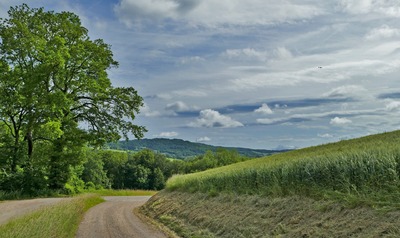Director of Nutritional Research Discusses Making the Most of Forage Crops and Rations
Wednesday, June 7th, 2023 -- 8:01 AM

(Wisconsin Ag Connection) In every aspect of dairy farming, details matter.
According to the Wisconsin Ag Connection, as producers are adding more crop and grass options to their forage mix, the details matter even more to produce the quantity and quality of feed needed for a dairy operation.
Matthew Oehmichen, part owner of Short Lane Ag Supply, and John Goeser, director of nutritional research and innovation with Rock River Lab, Inc. have been regular guests on The Dairy Signal® presented by Professional Dairy Producers (PDPW), leading interactive conversations with dairy producers about making the most of their forage crops and rations and effectively using data to make the best nutrition and ration decisions.
Both regularly provide recommendations as growers make plans for forage and silage crops for upcoming growing seasons and beyond. A prevalent trend is adding cool-season grasses to alfalfa with new seedings to reduce winter-killed hay fields, according to Oehmichen.
“In Wisconsin, a lot of alfalfa got snuffed out from ice and slow thaw in spring 2023, setting back a lot of the hay fields that looked great going into the 2022 winter months,” he said. “Having a good concentration of high-quality grass like orchardgrass, tall fescue, meadow fescue or perennial ryegrass will help alfalfa stands persist with the same or enhanced quality.”
Goeser pointed out that management is increasingly important with grasses and winter forages. “When grass converts from vegetative to heading out in the reproductive state, the quality drops quickly,” said Goeser. “Grasses aren’t nearly as forgiving as alfalfa is with quality in advancing maturity."
"Managing and micro-managing fertility with forage crops is also key," said Oehmichen. Potassium should not be overlooked in forage crops, including corn silage, grass hay and alfalfa.
“Potassium is linked to plant tissue, the cellular-wall development that influences tissue growth and its ability to withstand infections and disease,” said Oehmichen. “When you take a cutting, you’re not just taking the plant, but all the nutrients it took from the field, especially potassium. Without nutrient planning and/or skipping fertilizer applications, you can short your forage in both the near and long term.”
Feel free to contact us with questions and/or comments.




